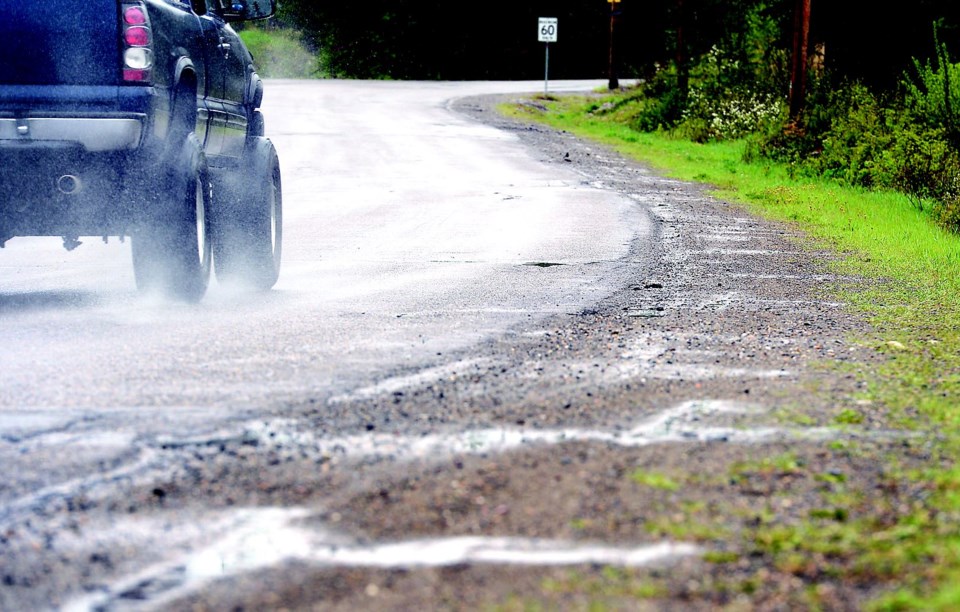On the same night residents advocating for bike lanes along North Nechako Road make their case to council, they could have an idea how future plans shape up.
Tonight, city council will receive a report from staff outlining the possibilities for a bike-friendly option along the stretch of road west of Foothills Boulevard as well as a presentation from Concerned Citizens of North Nechako Road.
Long identified as a priority in the city's Active Transportation Plan, residents have recently stepped up their push for council to honour the policy and make the addition of bike lanes a part of this year's workplan.
The city originally planned to pave the section of North Nechako from Foothills to Rosia Road this year but that has been put off until 2015 to allow underground utilities work to first be completed near the trailer court. The revised project to repave North Nechako from Toombs Road to Rosia is not wide enough to allow for 1.5-metre paved shoulders used for non-motorized vehicles and pedestrians.
"Your recent support for our efforts has been much appreciated," said a letter to council from Philip Mullens and Tara Klassen, introducing a petition of about 1,300 signatures in support of bike lanes or paved shoulders along North Nechako Road west from Foothills to the city limits. "Better-than-budgeted pricing for paving and possible provincial funds should, we hope, enable you to take advantage of the road work already being done, and finally make good on this long-standing promise."
Options for getting the extra space along the road include widening North Nechako to have a four to 4.5 metre side-by-side travel lane that allows vehicles to overtake cyclists without crossing to the oncoming lane and extending paving from the average width of 7.4 metres to eight metres to have a 1.5-metre paved shoulder.
A report from the operations and planning departments estimates total costs (including capital construction, annual maintenance, resurfacing) ranging from $898,000 to $4.7 million, depending on which option is used.
If council is supportive, staff will prepare and submit an application for funding to the provincial transportation ministry's Cycling Partnership Program. The program contributes 50 per cent of eligible costs to a maximum of $100,000, but projects that only emphasize recreational cycling as opposed to reducing vehicle trips may not be eligible.



.png;w=120;h=80;mode=crop)